WHAT TO DO IF A SNAKE GETS UNDER YOUR HOUSE OR IN YOUR BASEMENT
Snakes in a basement
Snakes in a basement are a common occurrence and one of the most common problem areas for homeowners dealing with snake infestations. When the ground shifts due to changes in weather, your foundation is likely to crack. Cracks and crevices make ideal locations for snakes to create dens. These gaps also serve as a way for snakes to get inside your home. Because snakes are very flexible, they can easily maneuver through holes and enter at ground level. They can crawl under doors and through cracked window moldings.
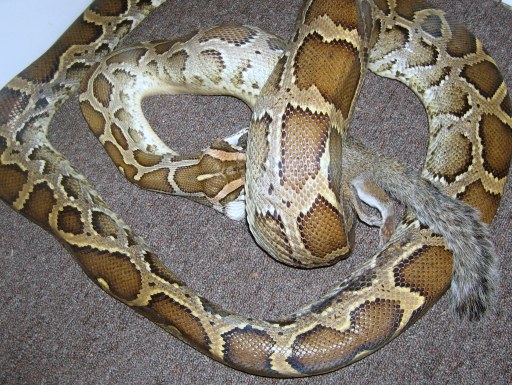
Snakes under your house
Snakes generally don’t cause any physical harm to your home, therefore it is actually unnecessary to get rid of them if they are under your home. With the exception that a snake makes its way inside your home, it is best to consider letting it stay. Snakes can prevent rodents from getting inside your home and will also eat insects. Allowing a rat into your home is far more problematic than allowing a snake to stay under the house.
With that in mind, if you still want the animal gone, you must first identify what kind of snake it is. If it is a nonvenomous snake you can trap and relocate it yourself. Trapping can be done in several ways including using a glue trap that allows you to release the animal when caught by loosening the glue with cooking oil.
A venomous snake, on the other hand, should never be handled by a non-trained wildlife expert. The vast majority of snake bites from venomous snakes occur when an untrained person was trying to handle or kill a venomous snake. Do not consider using a garden hoe or any long object to handle the snake. Chances are the reach of your long stick or garden hoe is shorter than the actual striking distance of the snake you are dealing with. Venomous snakes should only be handled and removed by a trained professional wildlife expert. If you’re dealing with a venomous snake, chances are it will move on after a few days.
How to get a snake out from under a building or shed
Sheds can now be bought at local home improvement stores and delivered to your doorstep in one piece. To prevent the floor from rotting, the shed is placed on a support system that allows airflow under the wood. Most homeowners unfortunately never close off this opening and as a result, it attracts snakes and rodents. Snakes love these openings because there is plenty of cool dirt and insects for food. The best action you can take to get a snake out from under the shed is to close off the area and leave a small gap. This single opening will be the only exit point for the snake. You will want to put a snake trap right outside of the opening in hopes to catch it as soon as it ventures out.
Glue traps are a great way to trap snakes. Once captured, the snake can be relocated then released using cooking oil. If you don’t want to deal with any of the hassles associated with trapping the animal, you could always hire a trained professional to remove the snake from under your shed.
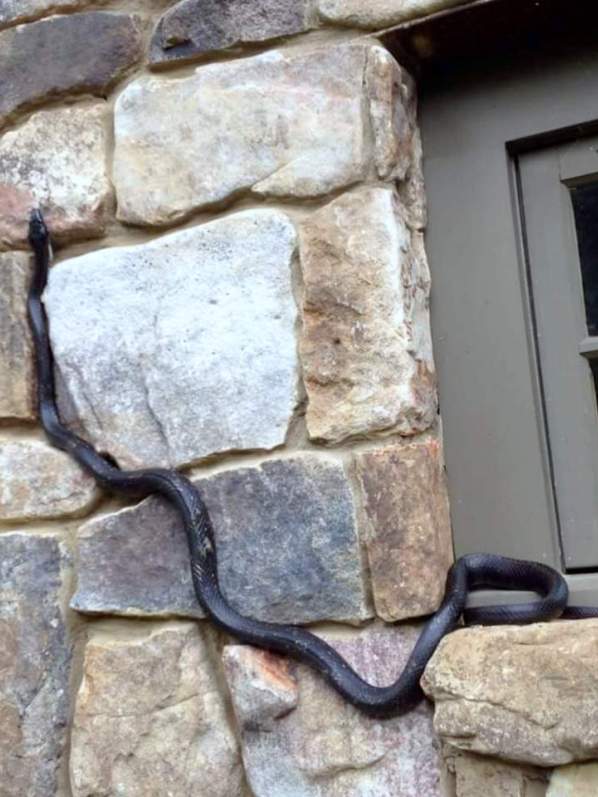
Professionals will be more effective and efficient when removing the snake. It also absolves you from any associated danger or risk. If you do proceed to attempt trapping by yourself, always remember that snakes will come out for sun and this might be a good time to capture and remove them.
How to keep snakes out of your basement
If you have a snake infestation, there are a few steps you can take to keep them away. Basements are a common attraction area for snakes, so to keep them out, it is important to clear all attractants that might further invite them.
Snakes will not come into your basement to make your life difficult. Snakes often end up in homes seeking shelter or a safe place to rest. This is especially true in inclement weather. Sometimes it is also possible for snakes to track prey all the way to your house leading into your basement where rodents like mice and rats like to stay. For the most part, a snake ending up in your basement is often innocent and never with malicious intent.
Hiding places
Hiding places in a home are where animals like snakes and rodents love to stay. In order to begin the process of removing them, you need to eliminate all the possible hiding places that the animals can access within the property. You can do this following the best yard keeping practices. Snakes are very stealthy hunters and require minimal cover like tall grass and clutter to remain hidden. To help eliminate attractants and potential cover for snakes you can relocate and organize things like compost piles and keep your lawn short. Shrubs and hedges should be trimmed very low. If you have a garden, be sure to remove all weeds properly from the roots. This will help prevent snakes from using weeds as a cover.
Hiding places can also be brick piles, sheet metal, boards, and even firewood. All of these things must be removed away from your residence as soon as possible. If you must keep these materials on your property, they need to be stacked about 12 inches above the ground. This will help you clearly see the surrounding areas. Ensure all debris and junk are removed from your yard and most importantly keep areas around your compound tidy.
Potential prey
When eliminating snake attractants, it is also important to keep in mind potential prey snakes might hunt for. This includes most rodents like rats and mice, frogs, lizards, birds, and all areas with a large insect population. In fact, when you have a snake infestation it can often indicate that you also have a rodent infestation. This also means if you have bird or birdfeeders around, you might want to move them as far as possible away from your home. If snakes can’t find any available prey, they will leave.
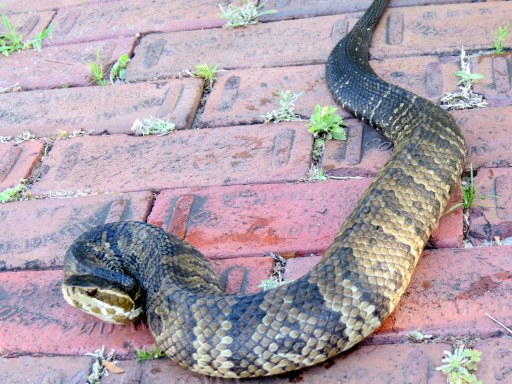
Select Your Animal

Raccoons
Raccoon Removal Information & How-To Tips

Squirrel
Squirrel Removal Information & How-To Tips

Opossum
Opossum Removal Information & How-To Tips

Skunks
Skunks Removal Information & How-To Tips

Rats
Rat Removal Information & How-To Tips

Mouse
Mouse Removal Information & How-To Tips
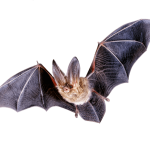
Bat
Bat Removal Information & How-To Tips

Bird
Bird Removal Information & How-To Tips

Snake
Snake Removal Information & How-To Tips

Beaver
Beaver Removal Information & How-To Tips
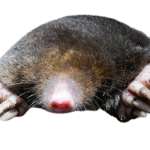
Mole
Mole Removal Information & How-To Tips

Vole
Vole Removal Information & How-To Tips

Gopher
Gopher Removal Information & How-To Tips
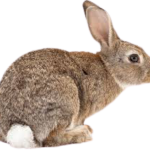
Rabbit
Rabbit Removal Information & How-To Tips

Woodchuck
Woodchuck Removal Information & How-To Tips
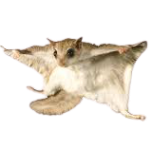
Flying Squirrel
Flying Squirrel Removal Information & How-To Tips

Chipmunk
Chipmunk Removal Information & How-To Tips

Coyote
Coyote Removal Information & How-To Tips

Fox
Fox Removal Information & How-To Tips
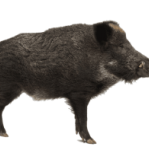
Wild Hog
Wild Hog Removal Information & How-To Tips
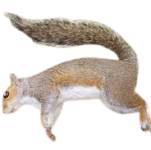
Dead Animal
Dead Animal Removal Information & How-To Tips